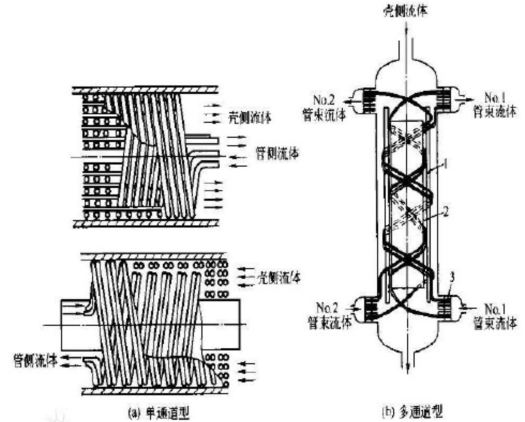History
Linde Company was the first to manufacture spiral tubular heat exchangers in 1898, and China began to localize research in the 70s of the 20th century.
In the 90s of the 20th century, Kaifeng Air Separation Group developed the first multi-stream high-pressure winding tubular heat exchanger in China, completed the national "Ninth Five-Year Plan" key scientific and technological research project, and realized the localization of multi-stream high-pressure winding tubular heat exchanger. In 1996, the high-pressure spiral tubular heat exchanger 4115E7 supporting the low-temperature methanol washing section of Ningxia Chemical Fertilizer Plant was developed, and the industrial application of single-strand spiral spiral tubular heat exchanger was successfully realized.
In the 90s of the 20th century, Kaifeng Air Separation Group developed the first multi-stream high-pressure winding tubular heat exchanger in China, completed the national "Ninth Five-Year Plan" key scientific and technological research project, and realized the localization research of multi-stream high-pressure winding tubular heat exchanger.
Heat transfer method
The heat exchange tube is alternately wound in the spiral shape between the core cylinder and the outer cylinder, and the two adjacent layers of spiral rotation are reversed, and a certain shape of fixed distance clamp is used to fix a certain spacing.

Design and development
■ Principles
Starting from user needs, solve existing problems and improve self-level
■ Approach
School-enterprise cooperation, combination of production, education and research
Shanghai Huanqiu cooperates with Shanghai Institute of Technology to develop thermal calculation and theoretical basic research of coiled tube heat exchanger, and carries out innovative development cooperation on the design of coiled tube heat exchanger;
Shanghai Huanqiu cooperated with Daqing Petrochemical Machinery Factory to cooperate in the structural design, manufacturing research, test and verification of the pipe wound heat exchanger.